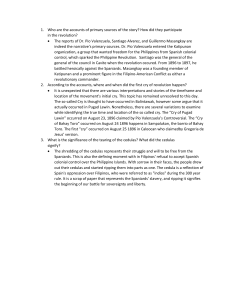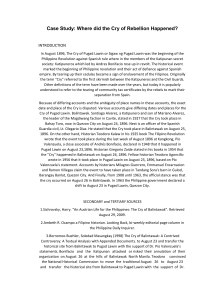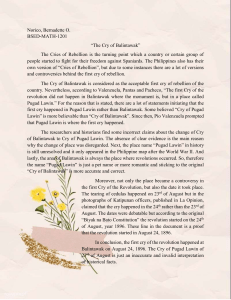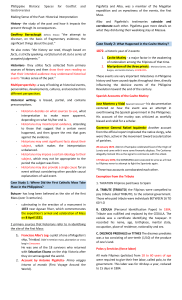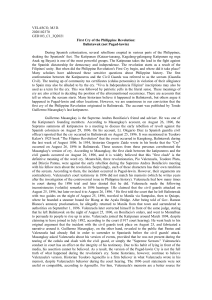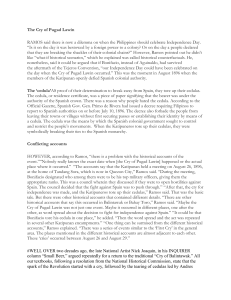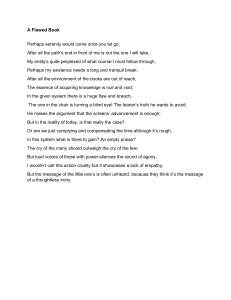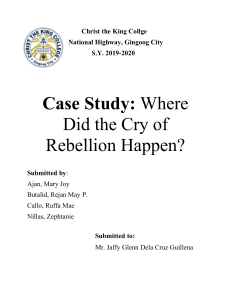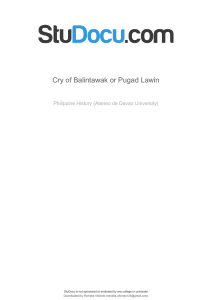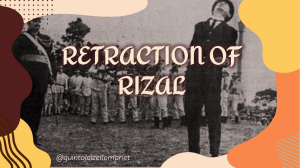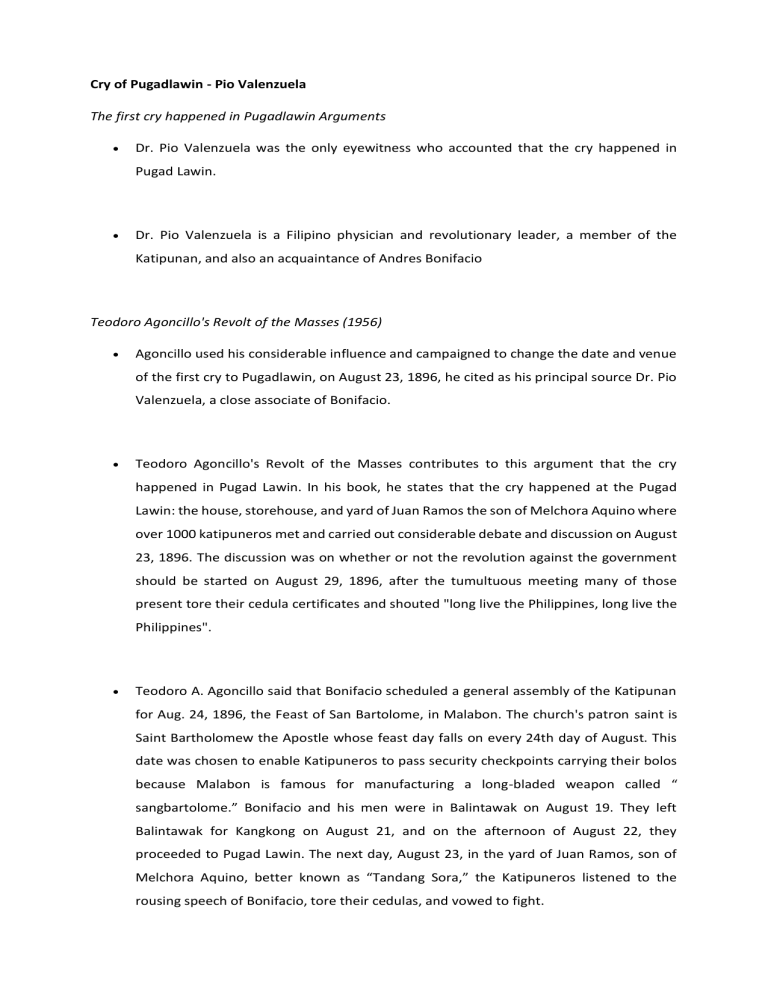
Cry of Pugadlawin - Pio Valenzuela The first cry happened in Pugadlawin Arguments • Dr. Pio Valenzuela was the only eyewitness who accounted that the cry happened in Pugad Lawin. • Dr. Pio Valenzuela is a Filipino physician and revolutionary leader, a member of the Katipunan, and also an acquaintance of Andres Bonifacio Teodoro Agoncillo's Revolt of the Masses (1956) • Agoncillo used his considerable influence and campaigned to change the date and venue of the first cry to Pugadlawin, on August 23, 1896, he cited as his principal source Dr. Pio Valenzuela, a close associate of Bonifacio. • Teodoro Agoncillo's Revolt of the Masses contributes to this argument that the cry happened in Pugad Lawin. In his book, he states that the cry happened at the Pugad Lawin: the house, storehouse, and yard of Juan Ramos the son of Melchora Aquino where over 1000 katipuneros met and carried out considerable debate and discussion on August 23, 1896. The discussion was on whether or not the revolution against the government should be started on August 29, 1896, after the tumultuous meeting many of those present tore their cedula certificates and shouted "long live the Philippines, long live the Philippines". • Teodoro A. Agoncillo said that Bonifacio scheduled a general assembly of the Katipunan for Aug. 24, 1896, the Feast of San Bartolome, in Malabon. The church's patron saint is Saint Bartholomew the Apostle whose feast day falls on every 24th day of August. This date was chosen to enable Katipuneros to pass security checkpoints carrying their bolos because Malabon is famous for manufacturing a long-bladed weapon called “ sangbartolome.” Bonifacio and his men were in Balintawak on August 19. They left Balintawak for Kangkong on August 21, and on the afternoon of August 22, they proceeded to Pugad Lawin. The next day, August 23, in the yard of Juan Ramos, son of Melchora Aquino, better known as “Tandang Sora,” the Katipuneros listened to the rousing speech of Bonifacio, tore their cedulas, and vowed to fight. • In Wenceslao Emilio’s five-volume compilation of historical documents, Archivo del Bibliofilo Filipino, Valenzuela’s signed testimony before Spanish interrogators dated September 1896 stated that the Cry of Balintawak was held in Balintawak on Aug. 26, 1896. Years later, in his memoirs published in English after World War II, Valenzuela stated that the Cry was actually held in Pugad Lawin on Aug. 23, 1896. Agoncillo explained that the September 1896 account was extracted from Valenzuela under duress or threat and couldn’t be trusted. • In 1963, president Macapagal ordered that the cry of Balintawak shall be called the cry of Pugad Lawin. And it should be celebrated on August 23 instead of August 26. • In 1935, Pio Valenzuela, Briccio Pantas, and Enrique Pacheco who are part of the Katipunan proclaimed that the first cry of the revolution did not happen in Balintawak where the monument is, but in a place called Pugad Lawin. • In 1940, a research team of the National Historical Institute (NHI) which included Valenzuela, identified the Pugad Lawin as part of sitio Gulod, Banlat, Kalookan City. In 1964, NHI described the date to be August 23, 1896. References: - Ocampo, Ambeth R. (1995). Bonifacio’s bolo. Anvil Pub. p. 8. ISBN 978-971-27-0418-5. - Guerrero, Milagros; Encarnacion,Emmanuel; Villegas, Ramon (1996), “Balintawak: the Cry for a NationwideRevolution”, Sulyap Kultura, NationalCommission for Culture and the Arts, 1(2): 13 – 22. - Borromeo-Buehler, Soledad M. (1998), The cry of Balintawak: a contrivedcontroversy : a textual analysis withappended documents, Ateneo de ManilaUniversity Press, ISBN 978971-550-278-8. - Zaide, Gregorio (1990). “Cry of balintawak”. Documentary Sources of Philippine History. 8: 307 – 309. Retrieved from: https://www.academia.edu/48962633/Module_9_Cry_of_Pugad_lawin_or_Cry_of_Bali ntawak
